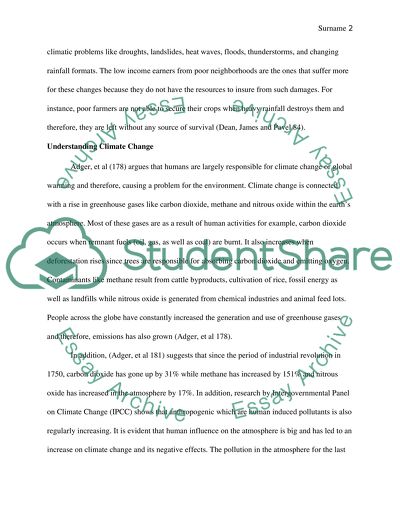Cite this document
(“Impacts of climate change on water management in Sierra Leone Research Paper”, n.d.)
Impacts of climate change on water management in Sierra Leone Research Paper. Retrieved from https://studentshare.org/environmental-studies/1487496-impacts-of-climate-change-on-water-management-in
Impacts of climate change on water management in Sierra Leone Research Paper. Retrieved from https://studentshare.org/environmental-studies/1487496-impacts-of-climate-change-on-water-management-in
(Impacts of Climate Change on Water Management in Sierra Leone Research Paper)
Impacts of Climate Change on Water Management in Sierra Leone Research Paper. https://studentshare.org/environmental-studies/1487496-impacts-of-climate-change-on-water-management-in.
Impacts of Climate Change on Water Management in Sierra Leone Research Paper. https://studentshare.org/environmental-studies/1487496-impacts-of-climate-change-on-water-management-in.
“Impacts of Climate Change on Water Management in Sierra Leone Research Paper”, n.d. https://studentshare.org/environmental-studies/1487496-impacts-of-climate-change-on-water-management-in.


